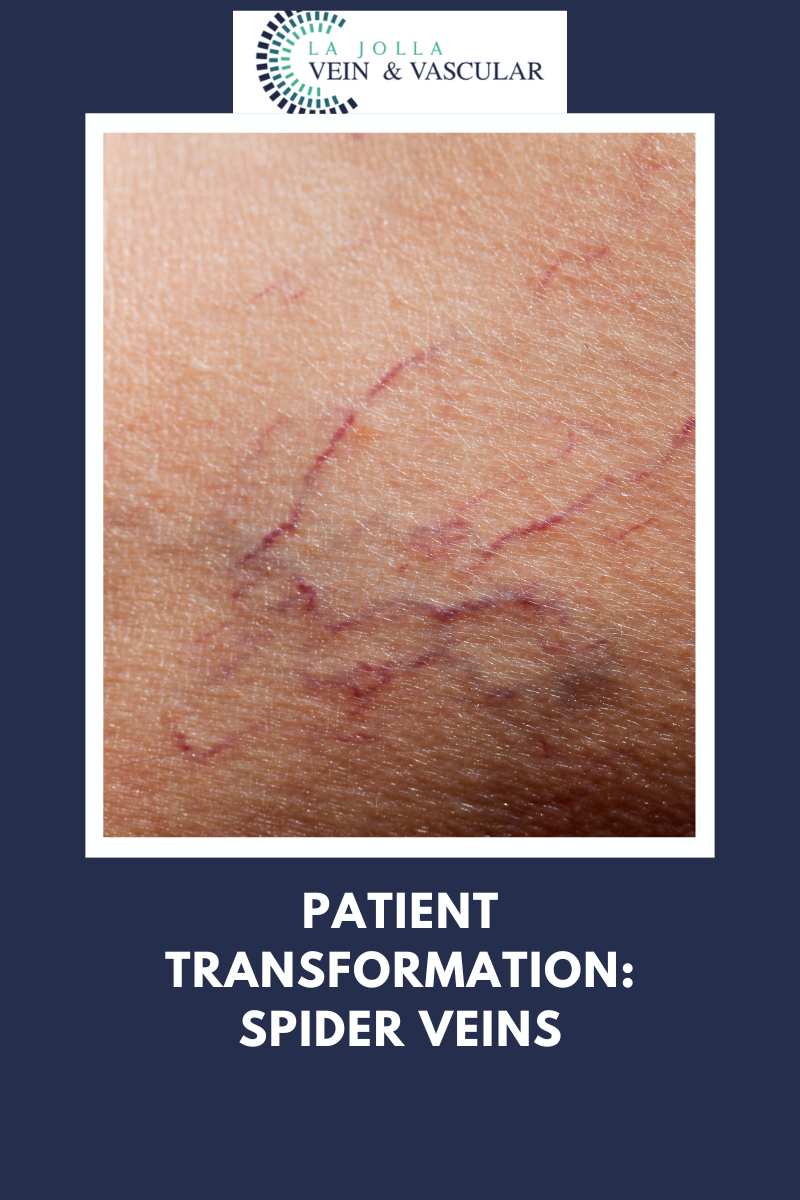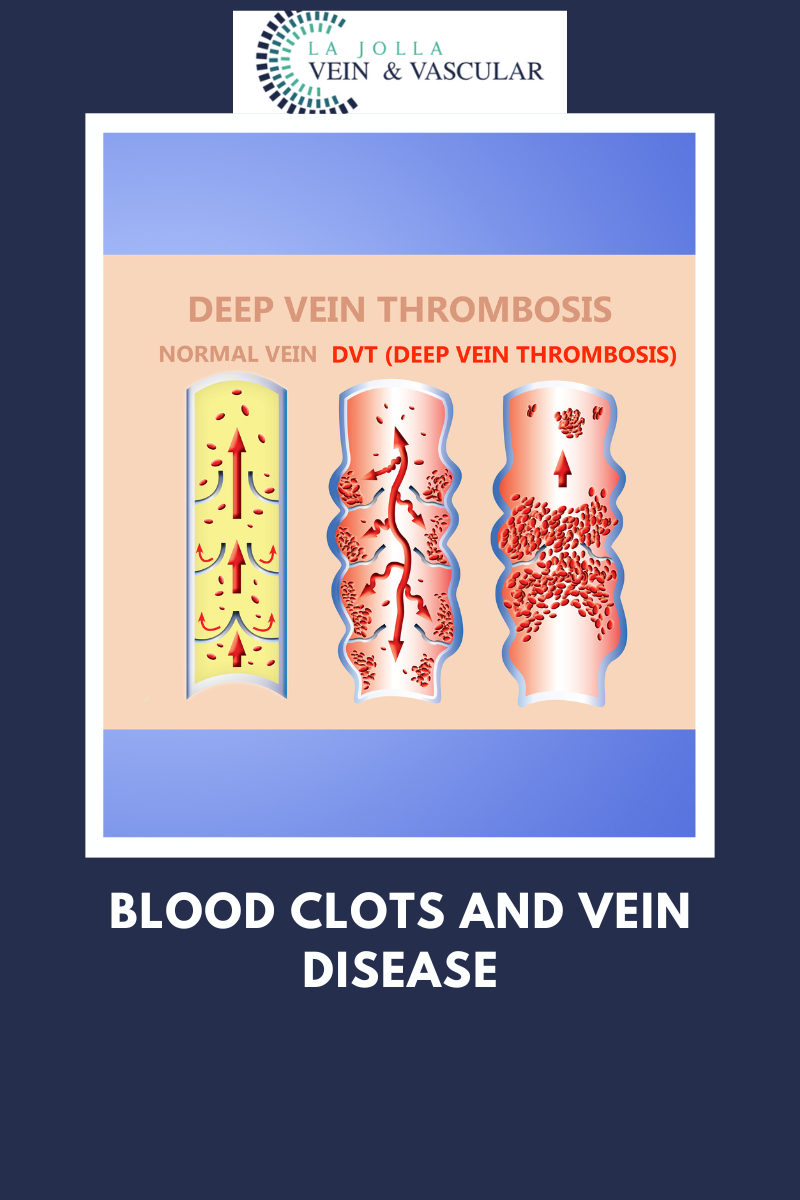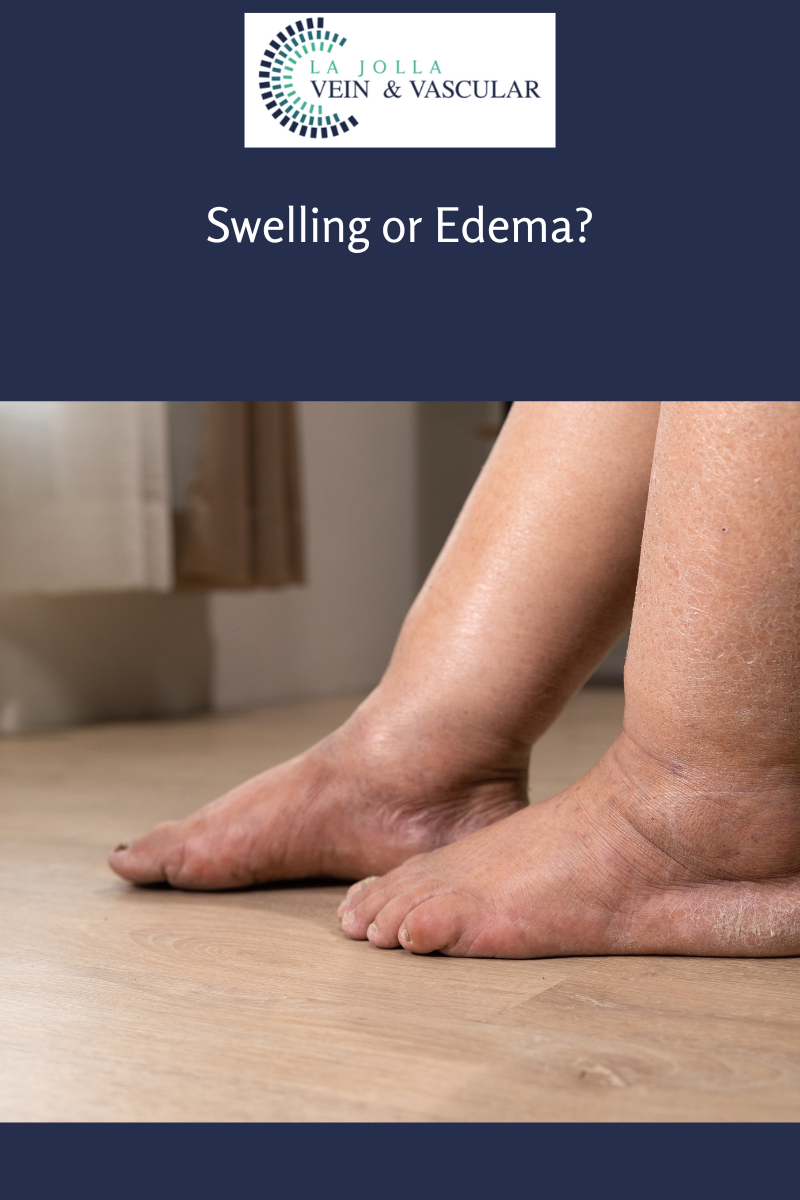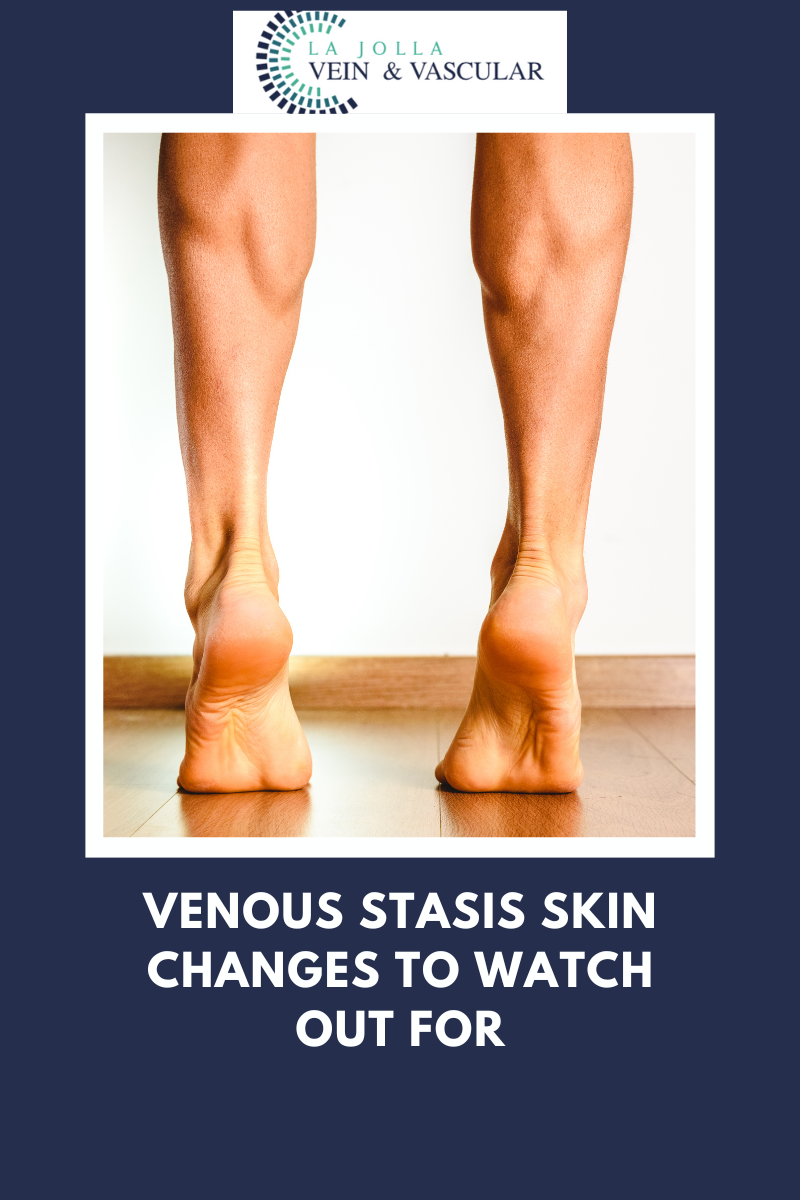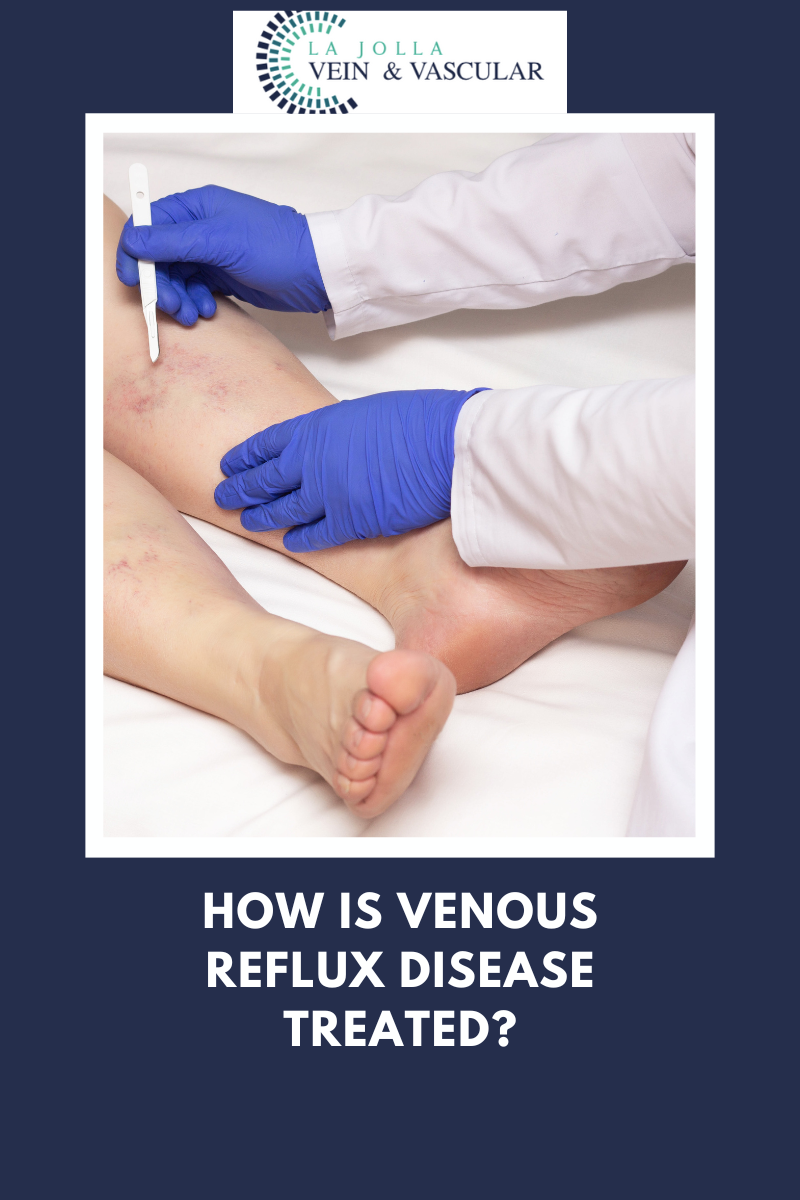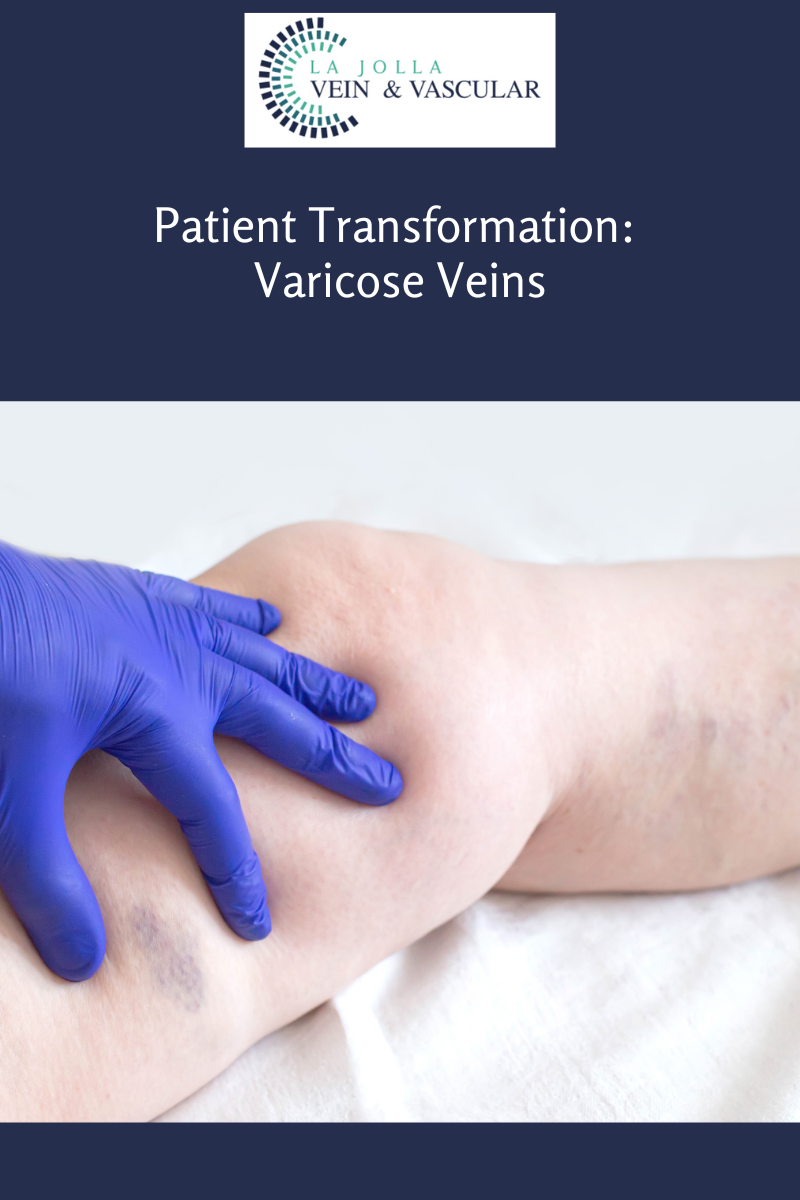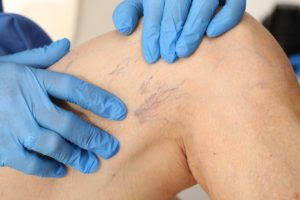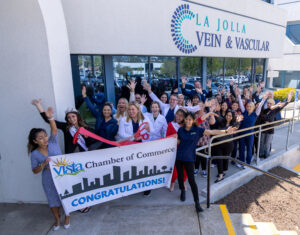Patient Transformation: Spider Veins
LJVascular2023-05-24T15:06:39-07:00Spider Vein Treatment
What are spider veins?
Spider veins are the fine, thread-like reddish veins at the surface of the skin which can eventually lead into spider vein treatment. These veins are not healthy. Veins are often considered a cosmetic issue, but they can be associated with underlying feeder veins, not […]

